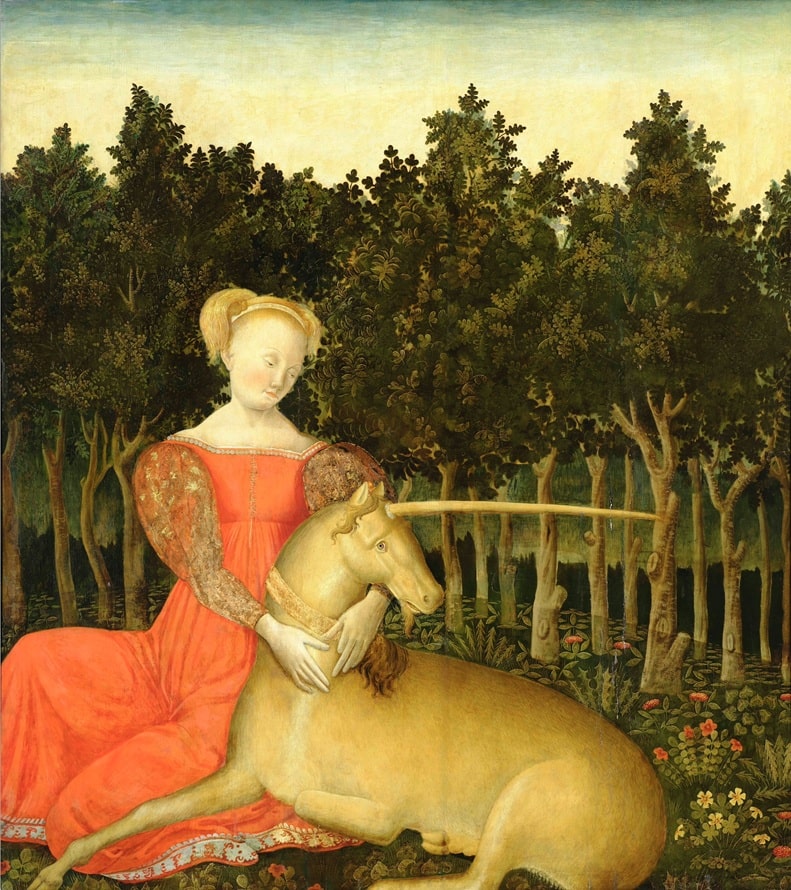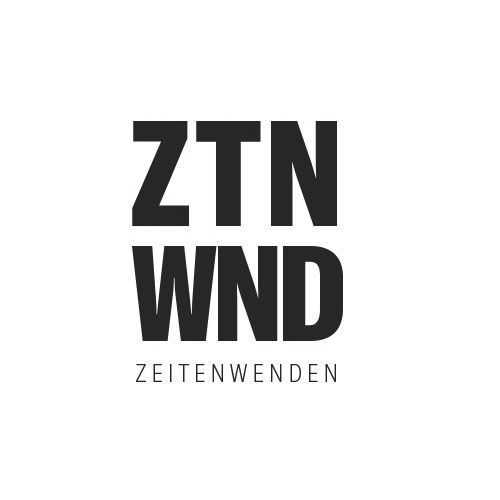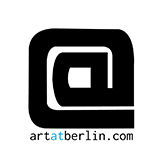No other creature has stirred the human imagination quite like the unicorn. For centuries, it has appeared across diverse cultures, and its allure remains unbroken. This mythical being embodies a rich spectrum of meanings and radiates a singular associative power. Traces of the unicorn are found in both Christian and non-European art, as well as in the realms of natural science, medicine, and symbolism. Engaging with the unicorn’s iconography invites reflection on imagination, knowledge, contradiction, and projection.
Image above: Dario di Giovanni zugeschr., ehemals Meister des Paris-Urteils/der Helena-Geschichte, Jungfrau mit Einhorn (Portrait der Caterina Corner als Allegorie der Keuschheit), um 1467/68, Tempera und Pressbrokat auf Holz, 100 x 90 cm, Keresztény Múzeum / Christliches Museum, Esztergom, © Photo: Attila Mudrák.
The exhibition brings together around 150 works spanning some 4,000 years — including paintings, drawings, prints, illuminated manuscripts, sculptures, and tapestries. Many of these pieces are seldom on view.
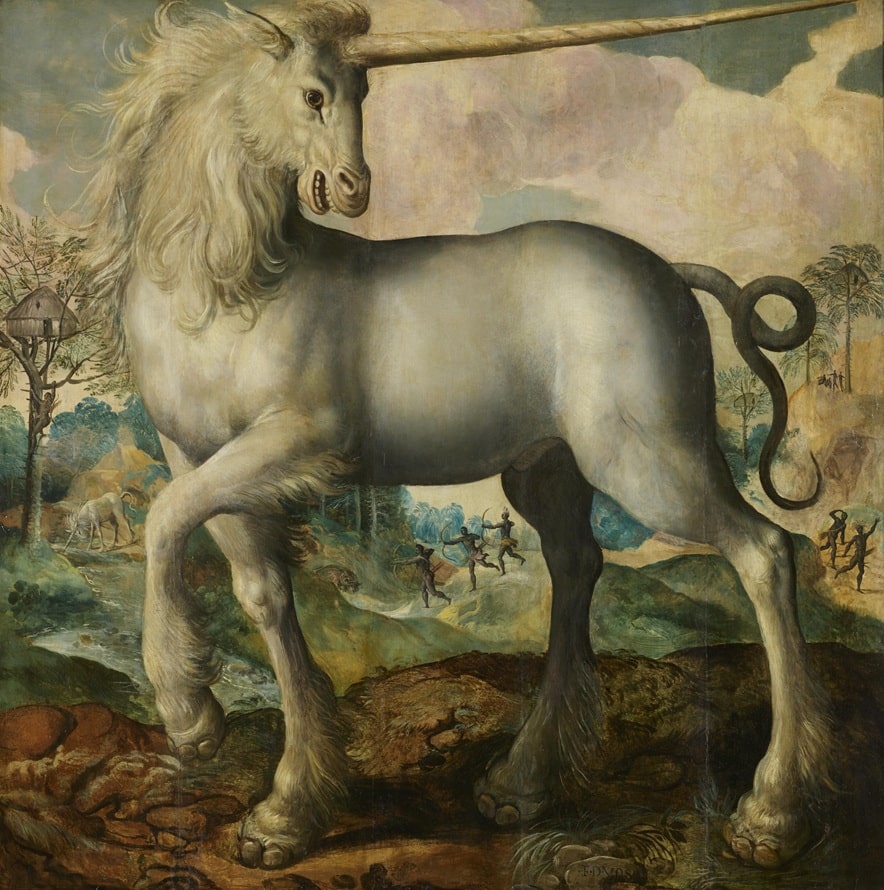
Among the 88 lenders from 16 countries are renowned institutions such as the Albertina, Vienna; the Ashmolean Museum, University of Oxford; the Gallerie degli Uffizi, Florence; the Germanisches Nationalmuseum, Nuremberg; the Green Vault of the Dresden State Art Collections; the Historisches Museum Basel; the Koninklijke Bibliotheek, The Hague; the Musée du Louvre, Paris; the MAK – Museum of Applied Arts, Vienna; The Metropolitan Museum of Art, New York; the Musées royaux d’Art et d’Histoire, Brussels; the Museo Nacional del Prado, Madrid; the Rijksmuseum, Amsterdam; the Szépművészeti Múzeum, Budapest; and the Victoria and Albert Museum, London.
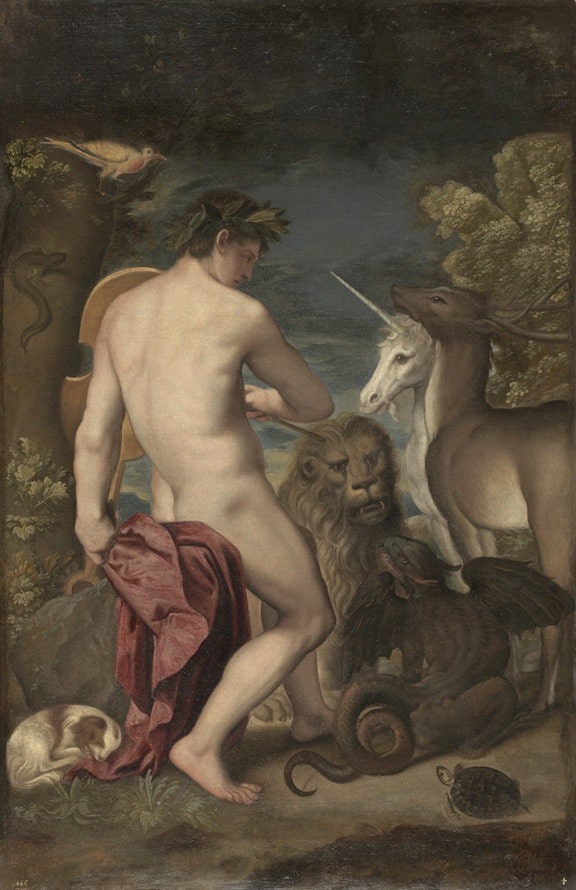
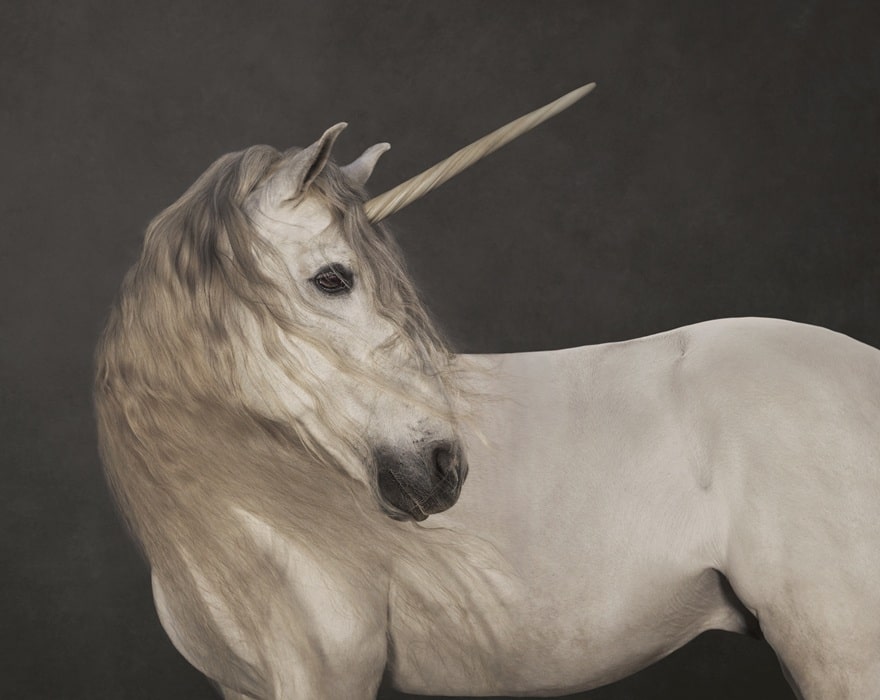
The presentation spans from the second millennium BCE to the present day and includes not only paintings and prints but also sculptures, manuscripts, tapestries, and objects from cabinets of curiosities. Artists featured include Arnold Böcklin, Albrecht Dürer, Angela Hampel, Gustave Moreau, Joachim Sandrart, and Marie Cecile Thijs.
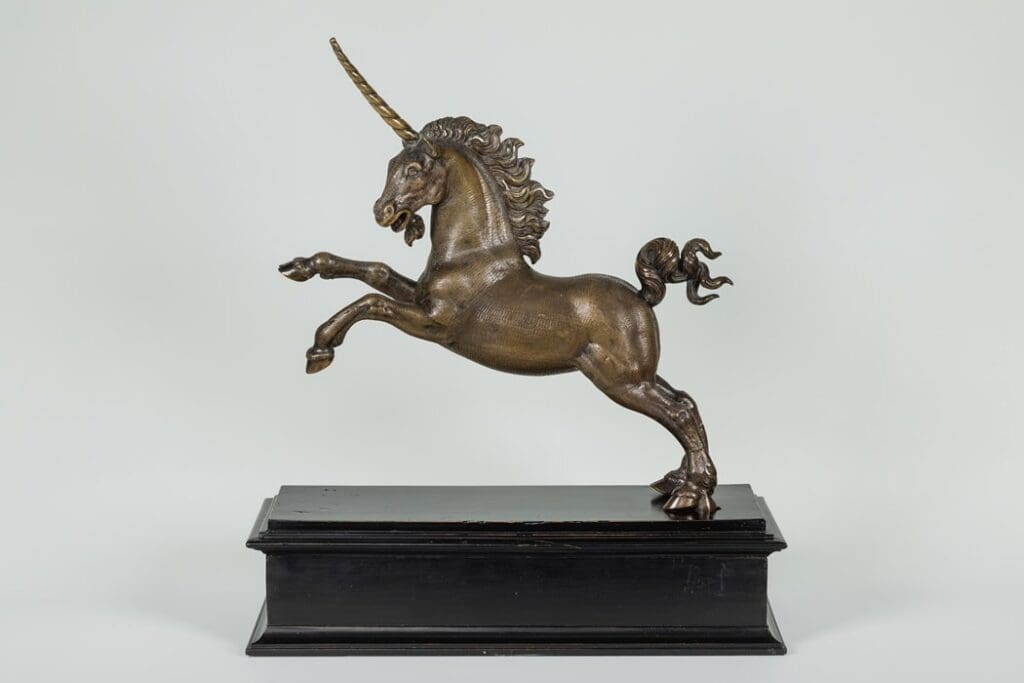
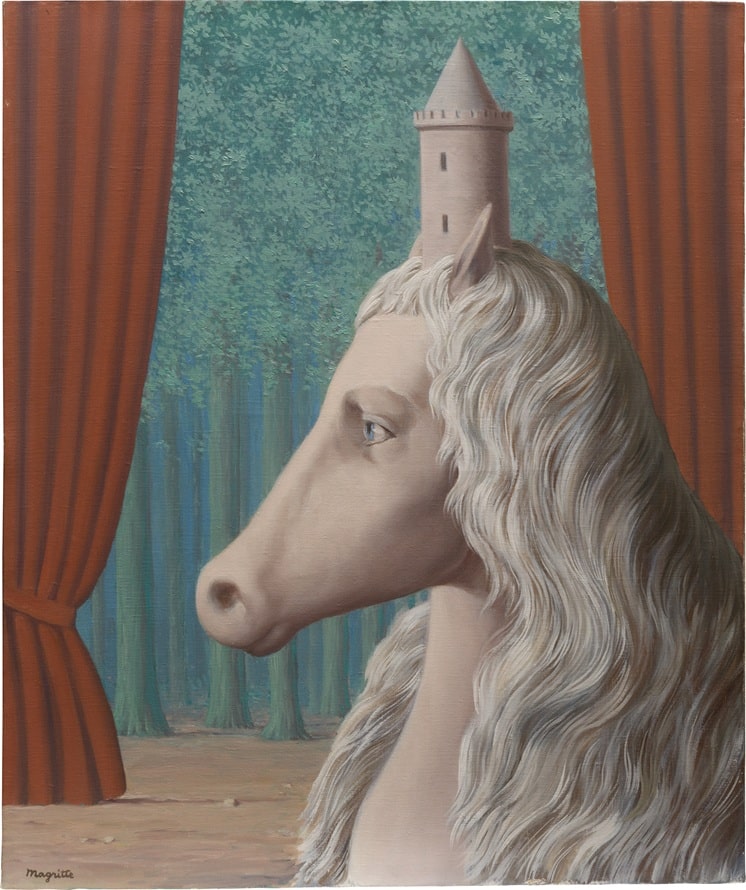
An exhibition organized by the Museum Barberini, Potsdam, in collaboration with the Musée de Cluny – musée national du Moyen Âge and the GrandPalaisRmn, Paris.
WHEN?
Exhibition period: Saturday, 25. October 2025 – Sunday, 1. February 2026
Opening hours: Mon, Wed–Sun: 10 am–7 pm
WHERE?
Museum Barberini
Alter Markt
Humboldtstraße 5–6
14467 Potsdam
COSTS?
Regular:
Mo, Wed–Fri: 16 EUR
Sat–Sun, holidays: 18 EUR
Reduced: 10 EUR


